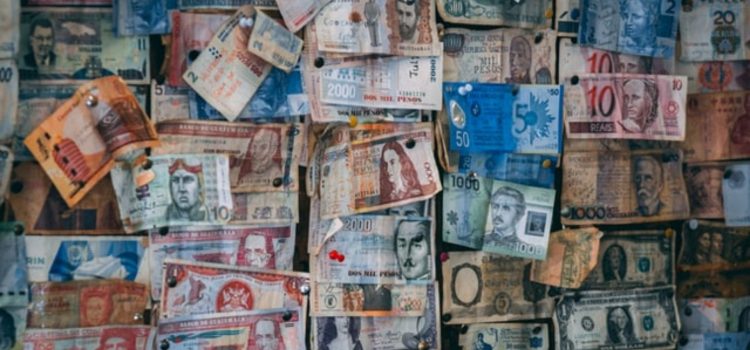

This article is an excerpt from the Shortform book guide to "The Bitcoin Standard" by Saifedean Ammous. Shortform has the world's best summaries and analyses of books you should be reading.
Like this article? Sign up for a free trial here.
What’s the problem with fiat currency? What are the dangers of over-printing fiat money?
One danger of fiat money is that it gives the government too much control of the nation’s resources. The government can just print more money whenever they want, which devalues the national currency.
Dr. Saifedean Ammous explains the social problems with fiat currency.
Social Problems That Fiat Money Exacerbates
The main problem with fiat currency is that it allows a government to spend all the resources of all its citizens, not just the funds that it collects in taxes or other revenue. This is because the government can finance any project just by printing more money. This has the same effect as a tax, since it takes value away from the people, but usually people don’t perceive it as a tax.
Ammous argues that this is particularly problematic in war because it means nations can fight each other until they’ve completely exhausted the resources of their entire respective populations, not just until the government has exhausted its treasury. He points to World War I as an example of one of the first wars fought with fiat money, and conjectures that the war would have been resolved sooner and with less bloodshed if countries had stayed on the gold standard.
| Fiat Money Prolongs and Promotes War In The Creature from Jekyll Island (a book criticizing the Federal Reserve System), Edward Griffin elaborates on the social problems that fiat money can cause. He argues that fiat money incentivizes some groups to actively promote war because they profit from it. Let’s look at how he believes this happens: When Congress needs more money to finance wars or other wasteful spending, it borrows the money by issuing bonds. Some of these bonds are bought by private investors. Like any loan, government bonds pay interest. And whatever bonds the public doesn’t buy, the Fed is obligated to buy with new dollars issued for that purpose. Most of the world’s other governments and central banks operate similarly in this regard. This means that not only does the government have access to unlimited credit to finance its projects, but there are people—mostly central bankers and other wealthy financiers—who profit from the massive loans that the government takes out. Thus, fiat currency facilitates a system where some people have a financial incentive to promote war and wasteful government spending. Griffin suggests that a secret society made up of the world’s leading bankers does in fact act on this incentive, conspiring to keep the world’s major powers in a perpetual state of war. This provides the bankers with a steady stream of income from the interest on the loans that finance these wars. Whether there’s any truth to this conspiracy theory or not, the fact that fiat currency gives some people an incentive to promote war and waste reinforces Ammous’s concerns about the social problems of fiat currency. |

———End of Preview———
Like what you just read? Read the rest of the world's best book summary and analysis of Saifedean Ammous's "The Bitcoin Standard" at Shortform.
Here's what you'll find in our full The Bitcoin Standard summary:
- Why bitcoin has the potential to replace the gold standard
- What makes bitcoin stronger than fiat money
- Why bitcoin will never be a global currency for day-to-day transactions






